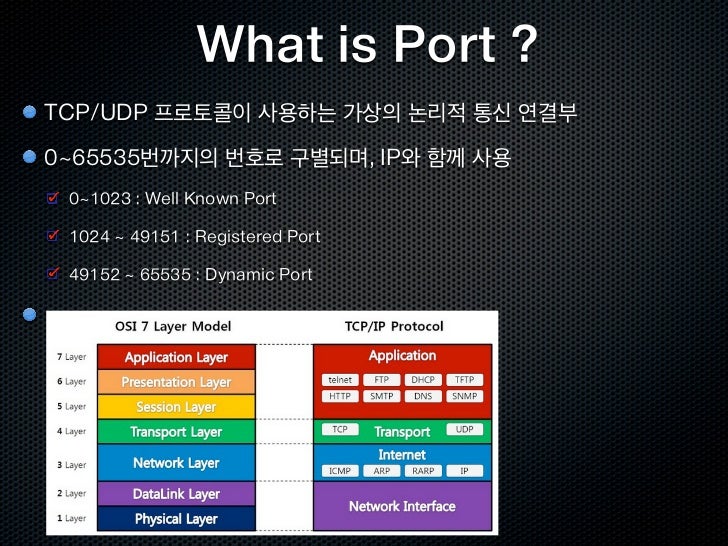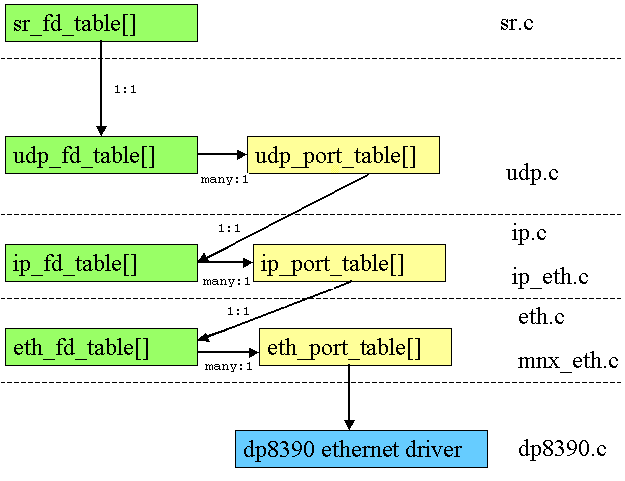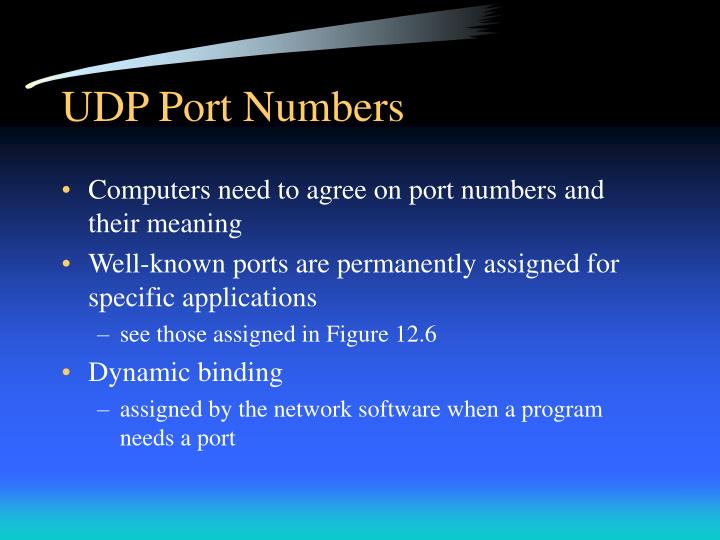
To disable mDNS within corporate offices only, disable mDNS (UDP-In) for just the Domain profile. This is not recommended for mobile workers who may need to use a device at home or client office that relies on mDNS for service discovery. This will prevent all inbound mDNS traffic from being processed and effectively disable mDNS.
#Screens 4 public udp ports windows
To completely lock down mDNS, disable the inbound “mDNS (UDP-In)” rules in Windows Defender Firewall for all profiles (Public, Private, and Domain). Any number of other issues may creep up given broad service dependencies on mDNS. Wireless screen sharing/mirroring in conference rooms may stop working. Warning! Disabling mDNS can have unexpected negative consequences. This makes the lock down process a matter of modifying an existing well-known process. This is the best tool for the job and most corporations already manage the firewall through GPOs. The Microsoft recommendation for locking down mDNS is to use Windows Defender Firewall.

It honestly does not do a lot if your goal is to lock down mDNS on your corporate network. It will not stop devices on your network from reaching your Windows systems with mDNS.

It will not stop other first- (Microsoft) and third-party (anyone else) mDNS resolvers. :: 5353 3592 svchost #DNSCache service, to confirm: tasklist /SVC /FI "PID eq "ĭisabling mDNS via the registry will only remove one line from that output, the svchost where the DNSCache service lives. LocalAddress LocalPort OwningProcess ProcessName Get-NetUDPEndpoint -LocalPort 5353 | Select-Object Name="ProcessName" Expression= I have a PowerShell command I use to demonstrate this, with sample output. Oh, and those malicious programs can run their own mDNS resolver, too.īecause mDNS uses the connectionless UDP protocol, and not TCP, you can have multiple listeners on UDP port 5353. Third-party apps and services can contain their own resolver. Microsoft Teams has been known to use mDNS. Chromium-based browsers (Chrome, Edge, etc.) have an mDNS resolver. In fact, it is so easy to implement that any given operating system, Windows included, could have multiple mDNS resolvers running at the same time. I mentioned that mDNS is easy to implement in the introduction of this article. I am not going to tell you what it is, but I will tell you why you should not rely on it to disable mDNS. There is a magic registry value in Windows that will disable mDNS in the Windows DNS client resolver. Granted, a malicious mDNS resolver must first be on your network to do so and that, by itself, is a different kind of nightmare. This includes mDNS because it is possible to poison name and service resolution with a cleverly written malicious script or program. Everyone in the tech industry loves mDNS, whether they know the protocol exists or not … except corporate security.Ĭorporate security folks, in general, distrust anything that involves decentralized name resolution and multicast/broadcast in the same sentence.

MDNS is everywhere these days because it is a simple, easy to build, user friendly – as in users do not need to know or do anything with mDNS for it to “just work” – network discovery protocol. Our modern connected life wouldn’t be the same without mDNS. Most use it to resolve service records for device discovery. SmartTVs, Miracast (wireless screen mirroring), printers, set top boxes, wireless speakers, operating systems, and more all use mDNS. Pop open Wireshark on your home computer, set the capture filter to “udp port 5353”, which is the mDNS protocol (UDP) and port (5353), start the capture, then wait.ĭevices and services from Microsoft, Apple, Google, and Amazon all use mDNS in some capacity.

Just about everything uses mDNS these days. This makes creating mDNS resolvers extremely easy as there are tons of DNS engines out there, and all major operating systems have mature multicast capabilities. MDNS worked so well for Apple that it subsequently became the most popular many-to-many network name resolver because it uses regular old DNS over regular old IP multicast. Simply put, it is how Apple made AirPlay2-based services perform seamless setup via the Bonjour service. The protocol was developed by Apple, via RFC 6762 and RFC 6763, as a method to perform local network name and service discovery without the need for central name resolution, such as a DNS Server, and without user interaction. Starting with WindMicrosoft has included native support for multicast DNS, or mDNS. This article covers details about mDNS and recommended best practices when trying to control the protocol designed to make life easier. James Kehr here with the Windows networking support team.


 0 kommentar(er)
0 kommentar(er)
